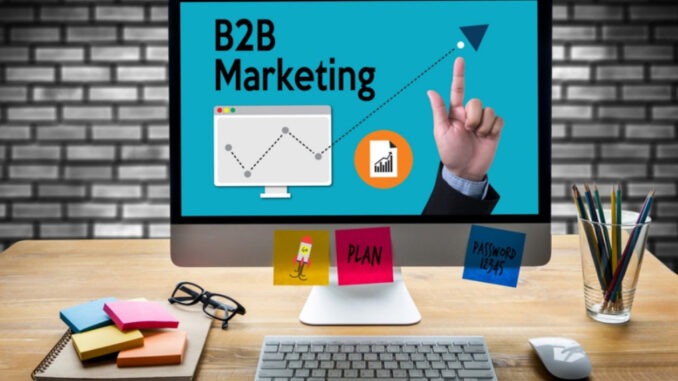
Networking: LinkedIn is a powerful platform for professional networking, connecting with decision-makers, and industry influencers.
Content Sharing: Companies can share industry news, articles, whitepapers, and case studies to establish thought leadership.








Groups: Engaging in LinkedIn groups related to your industry helps in knowledge sharing and connecting with potential clients.
Twitter:
Industry News: Twitter is excellent for keeping up with industry trends and sharing quick updates.
Engagement: It allows for real-time engagement with followers and participation in industry-specific conversations.
Facebook:
Community Building: Creating a business page and groups can help build a community around your brand.
Advertising: Facebook ads can be targeted to reach specific business audiences.
Instagram:
Visual Content: Though more consumer-focused, Instagram can be used to share behind-the-scenes content, company culture, and product demos.
Storytelling: Instagram Stories and IGTV can be effective for sharing company updates and engaging content.
YouTube:
Video Content: Creating tutorials, product demos, webinars, and customer testimonials can be very effective in engaging potential clients.
SEO Benefits: Optimized video content can also improve search engine rankings.
Other Platforms:
Platforms like SlideShare for presentations, Pinterest for infographics, and Reddit for niche communities can also be leveraged depending on the industry.
Digital Presence for B2B Marketing
Website:
Professional Design: A well-designed, user-friendly website is crucial as it often serves as the first impression of the company.
SEO: Search Engine Optimization helps in making the website discoverable by potential clients searching for related products or services.
Content Hub: Hosting a blog, case studies, whitepapers, and other resources on the website can drive traffic and establish authority.
Email Marketing:
Newsletters: Regular newsletters with valuable content help maintain engagement with prospects and clients.
Automated Campaigns: Drip campaigns and personalized email sequences can nurture leads and guide them through the sales funnel.
Webinars and Online Events:
Hosting webinars and virtual events can help showcase expertise, engage with potential clients, and generate leads.
Search Engine Marketing (SEM):
PPC Advertising: Google Ads and other pay-per-click platforms can drive targeted traffic to landing pages and websites.
Remarketing: Using remarketing techniques to re-engage visitors who have previously interacted with the website.
Content Marketing:
Blogs and Articles: Regularly publishing high-quality, relevant content helps attract and retain a clearly defined audience.
Whitepapers and eBooks: These in-depth resources can be used to generate leads through gated content.
Analytics and Tracking:
Google Analytics: Tracking website performance, user behavior, and conversion rates.
Social Media Analytics: Monitoring engagement, reach, and the effectiveness of social media campaigns.
Online Communities and Forums:
Participating in and contributing to online communities and forums related to the industry can help build reputation and authority.
Best Practices
Consistency: Maintain a consistent brand voice and messaging across all digital channels.
Engagement: Actively engage with followers and connections, respond to comments and messages promptly.
Content Quality: Focus on providing high-quality, valuable content that addresses the needs and pain points of the target audience.
Analytics: Regularly analyze performance data to understand what works and make data-driven decisions to optimize strategies.
Leveraging social media and a strong digital presence effectively can significantly enhance B2B marketing efforts, helping companies to connect with potential clients, build relationships, and drive growth.

Leave a Reply